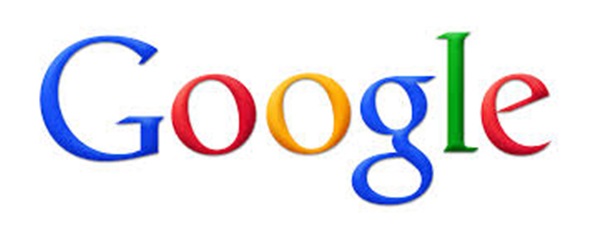Google had secure more than 10,000 patents for the past 10 years (2005~2014), and number of patents that it had purchased just in 2014 was 2,658. This is the result of applying and purchasing average of 2000 patents for the past 5 years, and Google exclusively secured patents in search field which is its important field in business.
According IP Nomics Report called ‘Which Blue Ocean Technology is Google Preparing for?, which is co-published by ETRC and Patentpia (CEO Kang Min Soo), Google secured total of 10,905 patents in last 10 years (2005~2014). They added 6817 out of 10,905 patents in recent 3 years.
Out of 10,905 patents that Google possesses, most of them are focused on demand based messaging, search engines, computer network monitoring, and ranking search results. 6817 patents that it recently secured within last 3 years also focus on those fields. During those 3 years, Google applied for 74 patents on search engines and 60 patents on ranking search results.
Reason why Google is very active in securing patents in search field is that it wants to diversify sources of profit that advertisement produces by strengthening current search service and introducing next-generation search system.
Although Google tried variety of new businesses until now, there aren’t any clear cut models that generate profits other than mobile advertisements such as search advertisement, Youtube advertisement, and online. Thereupon Google is securing next-generation technologies in search engine field to create new models that will generate profits.
Out of 2,658 patents that Google secured last year, Google actually registered 916 patents on data base and 349 patents on network to strengthen its current search tool. They are usually used on building information regarding search. Technology fields such as search engine, ranking search results, preparing data for information retrieval, post processing of search results, and query function belong in those groups.
193 patents were registered in next-generation search field such as image search analysis. Google focused on developing technologies face recognition, image storage or retrieval, and target tracking or detecting. Although the numbers of those patents are small, they are importance in a sense that Google recently started strengthening in those fields.
*Detailed information can be found on IP Nomics’ homepage (http://www.ipnomics.co.kr)
(*By basing American patents as a standard, number of patents that Google possesses is a total of patents that Google itself applied for and purchased)
Staff Reporter Jung, Minkyung | my.jung@etnews.com


■ Number of patents that Google registered in last 3 years in a specific technology field
Number of patents that Google secured in technology fields such as search engines(74), ranking search results(60), ranking(44,), based on query history(32), post processing of search results(23), preparing data for information retrieval, (31), demand based messaging, computer network monitoring(68), computernetworkmonitoring(44),machine learning(39), database query processing(37), remote data accessing(28), based on record similarity and relevance(28), relevance of document based on features in query(16), using a facial characteristic(23), image storage or retrieval(16), and target tracking or detecting(13) respectively.
■ Importance in percentage of patents that Google registered in last 3 years in a specific technology field
Importance in percentage of patents that Google secured in technology fields such as search engines, ranking search results, ranking, based on query history, post processing of search results, preparing data for information retrieval, demand based messaging, computer network monitoring, machine learning, database query processing, remote data accessing, based on record similarity and relevance, relevance of document based on features in query, using a facial characteristic, image storage or retrieval, and target tracking or detecting are 83%, 94%, 88%, 94%, 85%, 82%, 62%, 68%, 93%, 88%, 67%, 90%, 80%, 92%, 64%, and 81% respectively.